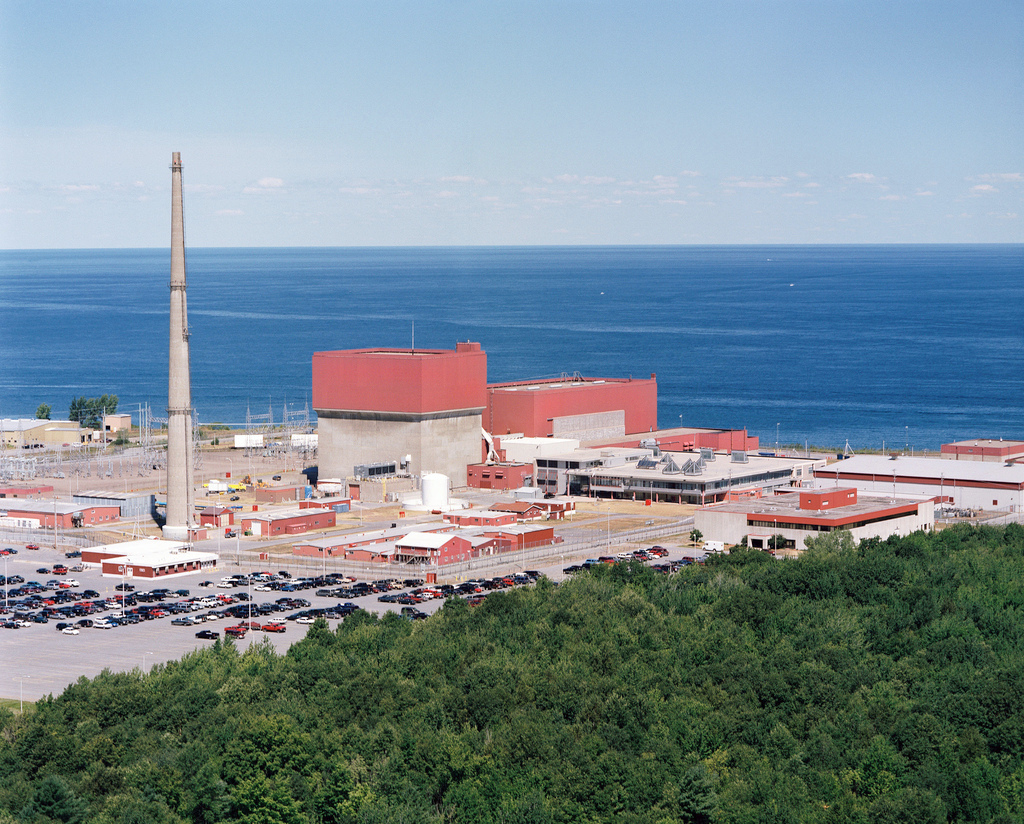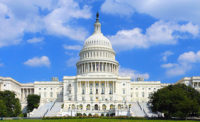While New York authorities will not confirm that Gov. Andrew Cuomo plans to mandate a 50% clean power requirement by 2030 that includes nuclear power as well as renewable sources, others confirm they have been briefed on the proposal.
“The clean energy standard as proposed by the governor is an important and forward looking approach that will help attract investment in renewables and address market problems that need fixing,” Gavin Donohue, president and CEO of the Independent Power Producers of New York, said on Dec. 1.
The plan would have clean power milestones leading to 2030.
The plan properly values fuel diversity and flexibility. “The alternative is the potential loss of nuclear power in New York due to currently low natural gas prices – a scenario that would be catastrophic for both ratepayers and the environment,” Donohue said. Nuclear power makes up about 30% of the generation in New York and two-thirds of its clean energy production and cannot be easily replaced, he said.
Entergy plans to close the 849-MW FitzPatrick nuclear unit located on the banks of Lake Ontario by late next year or early 2017, and the 581-MW Ginna nuclear unit could shut down in March 2017 when a reliability support services agreement with Rochester Gas & Electric expires.
Cuomo said last month after Entergy announced that it would permanently shut FitzPatrick that the state will pursue every legal and regulatory avenue to stop the closure.
Leo Denault, Entergy’s chairman and CEO also said that the company decided to shut the unit after talks with New York officials to avoid a shutdown were unsuccessful.
Entergy blamed low wholesale energy prices driven by record low natural gas prices as driving a projected annual loss of about $60 million for the single unit merchant plant. The company also cited a poor market design that fails to properly compensate nuclear generation as driving the decision to close the unit.
Entergy said Tuesday that it would evaluate Cuomo’s plan once the details are released and weigh its risks and potential benefits. “While a step in the right direction from an energy policy perspective, it is unclear whether this program would address the significant financial challenges facing the FitzPatrick plant,” Tammy Holden, an Entergy spokeswoman, said on Dec. 1.
Paul Patterson, an analyst with Glenrock Associates, said that based on the few details that have been leaked about the plan, it is confusing because clean energy generation already makes up 55% of the state’s generation.
According to the Nuclear Energy Institute, 33.1% of New York’s power, or 5,264 MW, is from nuclear sources; 18.3% is from hydro generation; and 4.1% is from renewable sources. It is hard to understand how the 50% mandate would raise demand for clean sources and therefor raise power prices if clean energy already accounts for 56% of the state’s generation, he said.
New York is a restructured state with all generation owned by non-utility companies. It is unclear what Cuomo’s plan would mean for utilities and retail suppliers, called energy service companies in New York.
Utilities are looking forward to hearing more details about this plan from state regulators, says John Maserjian, a spokesman for Central Hudson Gas & Electric and the New York Transmission Owners.
“We believe the goals outlined by the plan supports the studies and efforts to enhance the state’s transmission system to relieve congestion and allow greater use of renewable energy resources in the western and northern New York, he says.
The utilities also are proactively supporting changes in the energy landscape by meeting the goals in New York’s Reforming the Energy Vision plan, Maserjian notes.
The New York Public Service Commission and Cuomo’s office did not return requests for comment.



